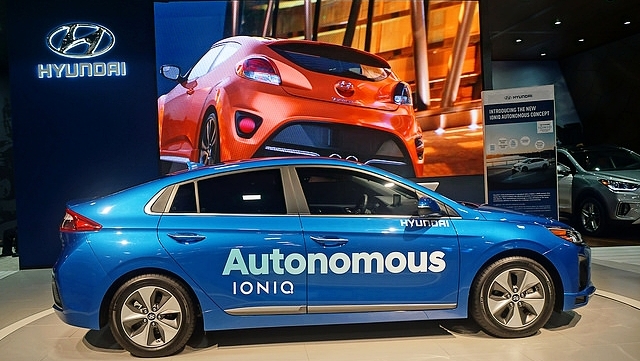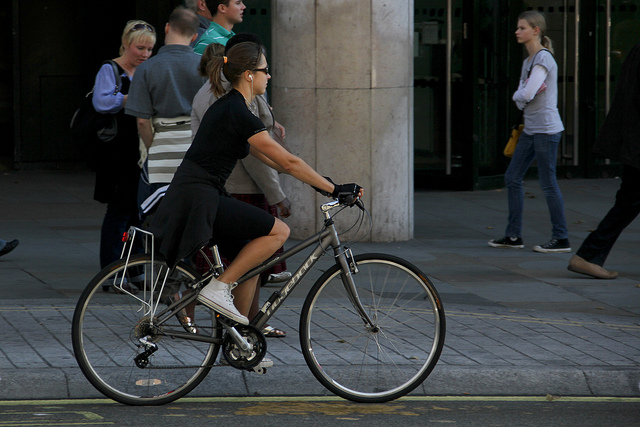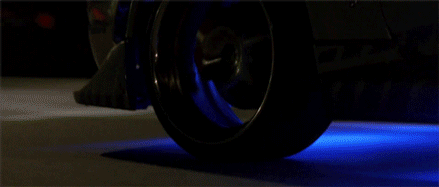It has been reported that one of the leading complaints people dealing with traumatic brain injuries (TBI) have is that they either cannot get enough sleep, or suffer from insomnia, or that they are constantly sleeping or feel sleepy. So, it comes as a bit of a surprise when a study conducted by the University of Montreal's psychology department found evidence that TBIs and patients' recoveries correlate with sleep patterns. Nadia Gosselin, the study's author, claims that the study shows that if hospitals took more time regulating a sleep routine for a patient diagnosed with a TBI, it could go a long way in their recovery process. Gosselin also adds that, "Making sure patients are exposed to sunlight or its equivalent during the day and at night rest in a dark, quiet environment," TBI patients may be able to maintain a sleep cycle.
But First, What Is A Traumatic Brain Injury?
According to the Centers for Disease Control and Prevention (CDC), "A TBI is caused by a bump, blow, or jolt to the head that disrupts the normal function of the brain. Not all blows or jolts to the head result in a TBI. The severity of a TBI may range from “mild” (i.e., a brief change in mental status or consciousness) to “severe” (i.e., an extended period of unconsciousness or memory loss after the injury). Most TBIs that occur each year are mild, commonly called concussions."
Effects TBIs Have On Sleep And Health
Research has proven that when sleep cycles are disrupted, it can have an affect on mood swings, weight, memory, and other consequences. Hence, if someone is losing sleep due to a TBI, other serious health problems can correspondingly occur. Some of the more common diseases include diabetes, heart disease, stroke, and high blood pressure. Additional problems linked to sleep deprivation are a lower libido, depression, and in extreme cases death. This doesn't include health problems that are usually a direct result of having a brain injury such as visual perception, motor function and problems with reading. spelling, and/or speaking.
Sleep Routines May Help Heal TBIs
As Gosselin mentioned, setting up a sleep routine tied to the time of day is a good way to get started on resetting the bodies internal clock. Designating a time to wake up to every day and a time to go to bed every night are the simplest ways to set a routine. And by going to bed at least ten minutes ahead of the scheduled time gives the body time to relax to help get to sleep better. It should be noted that eating and drinking drinking alcohol and/or caffeine at least five hours ahead of bed time will also help a person suffering from sleep problems fall asleep easier. Visual stimulants such watching TV, checking email on the laptop, or playing smart phone games, should also be avoided because they can keep the brain busy and essentially signal it to 'stay awake.'
After about 30 minutes of trying to fall asleep and failing to do so, sleep experts recommend that people don't try to force themselves asleep as this can potentially lead to a restless night. Instead, researchers suggest getting out of bed and doing something boring until they feel sleepy.
Night time isn't the only time a sleeping pattern should be enforced. There are also a few tips that TBI victims can use to stay on track during the day. Staying active through a workout routine during the day is an essential to good sleep. If the body works and tires out during the day, the brain and body are more likely to be susceptible to falling asleep at night. Again, by limit the amount of visual stimulants TBI survivors are exposed, such as smart phone apps, TV shows, and YouTube videos, is also important during the day. If a nap must be had during the day, they should be limited to no more than 20 to 30 minutes a day. Lastly, those dealing with TBIs should increase the amount of time they are outside, especially on days when the sun is out.
A cure has yet to be found for some types of traumatic brain injuries, however, most TBIs can be managed through treatments and medications provided through a licensed medical provider. As for prevention of TBIs, the best way to avoid a traumatic brain injury is to take every precaution from getting a head injury. For example, one of the most common ways people suffer from TBIs is by being involved in a car accident. A study conducted by the CDC in 2013, revealed that "Among all age groups, motor vehicle crashes were the third overall leading cause of TBI-related ED visits, hospitalizations, and deaths (14%). When looking at just TBI-related deaths, motor vehicle crashes were the third leading cause (19%)."
For the most part, car accidents themselves are preventable since many of them occur due to human error. Though it's easier said than done, by following the rules of the road, by properly wearing seat belts, and by not engaging in distracted driving behaviors, the number of car accidents, and thereby the number of car crash traumatic brain injuries, may decrease.
Traumatic brain injuries are serious conditions that require time and attention to heal, if they can be healed. If you or someone you know has been the victim of a traumatic brain injury due to a motor vehicle collision, call The Michigan Law Firm, PLLC at 844.4MI.FIRM. We offer free consultations to car accident survivors so that they are not left in the dark on the legal process under Michigan law.
















































